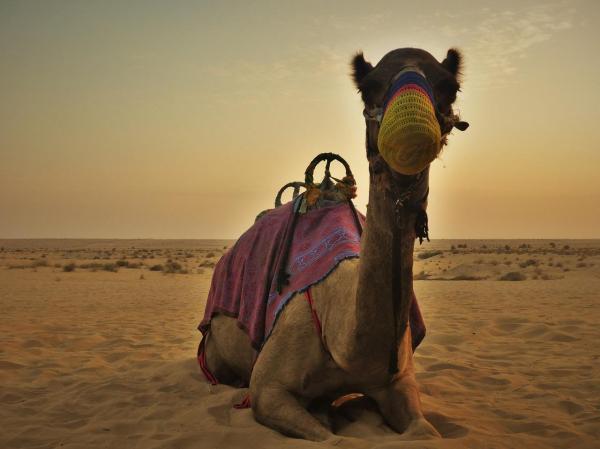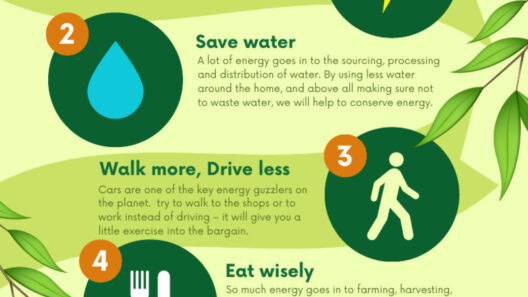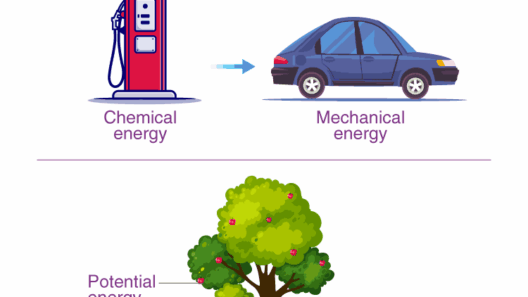Camels and dromedaries are often regarded as remarkable creatures of the desert, uniquely adapted to harsh environments where resources are scant. Their ability to move across vast stretches of arid land with ease has puzzled many. Observers may notice their distinctive gait, which seems both effortless and deliberate. This phenomenon prompts deeper inquiry into how these animals conserve energy while traversing their natural habitats.
First, it is essential to understand the anatomy and physiology of camels and dromedaries. Dromedaries, which are characterized by a single hump, and their cousin, the Bactrian camel, with two, possess specialized adaptations. Their bodies are quite efficient in water conservation, but they have also evolved mechanisms to conserve energy during movement. One of the most fascinating of these is their unique skeletal structure.
The camel’s legs are built to support their considerable weight while allowing for an economical range of motion. Their long, slender limbs provide a balanced center of gravity, which minimizes energy expenditure. As they walk, camels utilize a specialized gait known as the “pacing gait.” This involves moving the legs on the same side of the body simultaneously, fostering stability and rhythm. The low energy cost of this gait is particularly beneficial when traveling long distances.
Moreover, during movement, camels exhibit a remarkable ability to modulate their speed. They can maintain a slow but steady pace that enables them to conserve energy over time. The endurance of the camel is legendary; they can travel up to 40 miles a day at a consistent speed without overexertion. Their metabolic processes are engineered to sustain them even when food and water are scarce, allowing them to thrive in challenging conditions.
Another intriguing aspect of their energy conservation lies in their behavioral strategies. Camels are known for their ability to plan their journeys around the availability of shade and water sources. They often rest during the hottest parts of the day, allowing their bodies to manage thermal regulation more effectively. By timing their travels during cooler hours—either early morning or late afternoon—they further reduce the energy required for locomotion, avoiding excessive heat stress.
Furthermore, camels exhibit an innate ability to forage for food with minimal energy output. Their long legs allow them to browse for vegetation that might be out of reach for other animals. They can feed on a variety of desert flora, including thorny shrubs, which most creatures would find unpalatable. This adaptability to diverse diets not only aids in energy conservation but also secures their position as vital players in their ecosystems. By consuming plants that would otherwise be left untouched, camels help maintain the ecological balance of their arid habitats.
Their physiological adaptations also contribute significantly to energy conservation. Camels can tolerate significant fluctuations in body temperature, which reduces the need for water intake. This unique thermoregulation allows them to withstand heat for extended periods. Instead of sweating, which would lead to energy loss, camels can raise their body temperature by several degrees. This adaptation facilitates energy retention by minimizing water and salt loss through perspiration.
Moreover, camels possess a complex digestive system that enhances their energy efficiency. Their stomachs are divided into three compartments, allowing for fermentation and breakdown of fibrous plant material. This multi-chambered process extracts maximal nutrients from their often nutrient-poor diet. Consequently, camels can produce energy from food sources that would otherwise be insufficient for survival.
Energy conservation in camels and dromedaries is not solely confined to their physical and physiological attributes. Their social behavior plays a pivotal role as well. In groups, camels can reduce energy output by relying on the strength of numbers. Moving as a herd allows them to benefit from collective vigilance against potential predators, while also sharing the responsibility of watching for water and food sources, reducing individual energy expenditure.
In conclusion, the combination of anatomical, physiological, and behavioral adaptations makes camels and dromedaries masters of energy conservation in their harsh environments. Their unique gait, metabolic efficiency, sophisticated thermoregulation, and social behavior intricately intertwine to create a comprehensive strategy for survival. The remarkable ways in which these creatures navigate the challenges of their habitat not only highlight nature’s ingenuity but also serve as a reminder of the diverse ways life evolves to thrive under extreme conditions. Understanding these adaptations offers profound insights into the resilience of desert ecosystems and the remarkable creatures that inhabit them.







